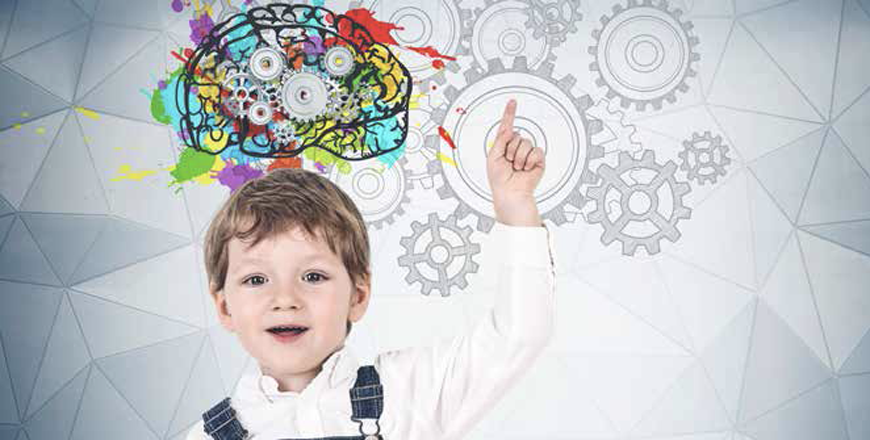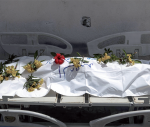You are here
Trauma and the brain: Regulate, relate and reason
By Dina Halaseh , Family Flavours - May 07,2023 - Last updated at May 08,2023

Photo courtesy of Family Flavours magazine
By Dina Halaseh
Educational Psychologist
As parents, we all aim to provide our children with an optimal experience and environment in their developmental stages; all in the hope of ensuring the best possible brain development. This is why it is important to understand what the main component is for the brain to develop properly.
A child going through trauma of any kind may need professional help. Understanding how the brain responds to traumatic experiences and stress is a vital part in understanding brain development. This helps parents deal with their child’s behaviour if their child has undergone trauma.
What is trauma
In order to understand the impact of trauma on the brain, we need to understand what trauma is. Trauma is a psychological reaction to a horrific incident, not just a stressful situation. These incidents might include accidents, death, sexual assault, war, natural disasters and much more.
People who go through a traumatic experience often suffer shock and denial at first; while other symptoms may appear at a later stage. These include erratic emotions, flashbacks, strained relationships and even physical discomfort like headaches or nausea.
There are three types of trauma:
• Acute trauma, which usually results from a single traumatic event
• Chronic trauma happens frequently, for a continuous period, such as domestic abuse
• Complex trauma: is caused by being exposed to more than one traumatic event over an extended period
The Three R’s
Unfortunately, a brain suffering a traumatic experience will not develop as other brains. Traumatic stress can have a range of negative consequences on memory-related processes as well as an impact on structure and function.
So how do we deal with children who go through trauma? We regulate, relate, reason!
The three R’s are described by Bruce Perry, a famous psychiatrist and the director of the Child Trauma Academy. This is usually different to how parents approach any scenario; parents tend to try to reason on the spot!
If we simplify the brain to three parts, we will have: our guarding brain, feeling brain and thinking brain. Trauma and stress cause us to use our guarding and feeling brain only. It’s hard to access our thinking brain when things are too hard, because the feeling and guarding parts of the brain take over — as they are the ones involved in the fight or flight response.
As soon as things calm down, we can go back to reasoning and thinking. This occurs in the frontal area of the brain, otherwise known as the pre-frontal cortex, responsible for rationalising the experiences we undergo through logical thought.
Regulating, relating and reasoning
When we regulate, we simply help our children to calm down, relating is showing understanding instead of dismissing them or their feelings. After that, we can start to reason with them once their stress hormones are down and they feel calm enough to accept our advice.
This is why our first step is to regulate and relate. We need to help children feel safe and understood so they can lower their guard and access their thinking brain, thus becoming more receptive to our advice and help.
Reprinted with permission from Family Flavours magazine
Related Articles
By Dina HalasehEducational PsychologistIs your brain stressed?
By Dina HalasehEducational Psychologist We talk about keeping our body healthy but what about our brain?
Many parents think the newborn stage is the hardest stage of parenting, while others tend to believe the toddler years are much more challenging. Last year, as our son Sanad turned one, I shared with you some of the practices I focused on to help promote his intelligence.



















